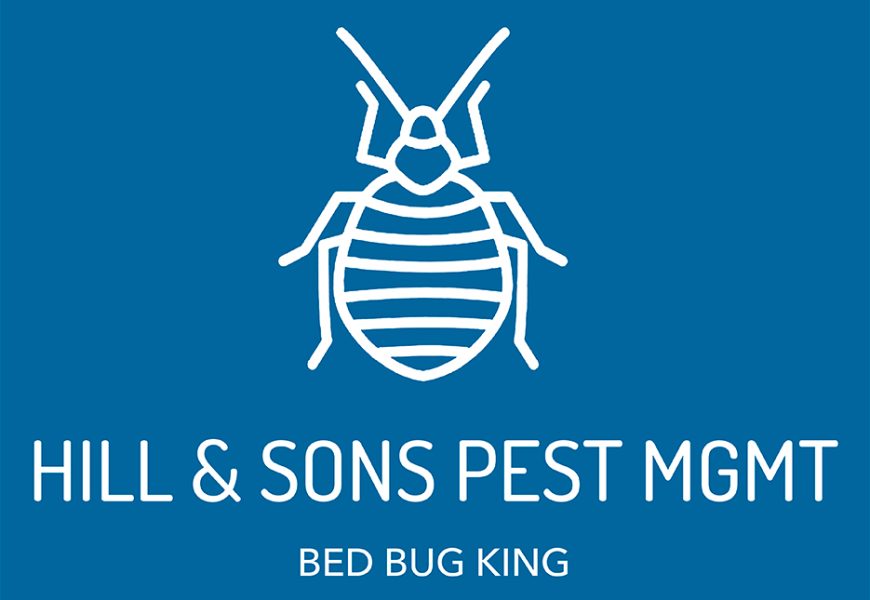If you’re a resident or visitor in New York City, you’ve probably heard horror stories about bed bugs. These tiny pests are known for their resilience, quick spread, and their annoying, itchy bites. Bed bugs thrive in urban environments, and NYC, with its dense population and millions of visitors, offers an ideal setting for these insects to proliferate. To tackle the issue effectively, it’s essential to understand what bed bug inspections entail and how they can help.
What Are Bed Bugs?
Bed bugs are small, brownish insects that feed on the blood of humans and animals. They are nocturnal and usually hide in mattresses, furniture, and cracks during the day. Their tiny size (about the size of an apple seed) makes them hard to spot, and their flat bodies allow them to squeeze into the smallest crevices.
Why Bed Bugs Are So Common in NYC
New York City’s density and fast-paced lifestyle make it a prime location for bed bugs. Here’s why:
- High Population Density: NYC has one of the highest population densities in the U.S., with people living close together in apartments, hotels, and multi-unit buildings. Bed bugs can easily travel from one room to another, making infestations in shared buildings quite common.
- Tourism and Travel: NYC is a global hub, welcoming millions of visitors every year. Bed bugs can hitchhike on travelers’ luggage and personal items, making hotels, Airbnb properties, and public transit places where bed bugs can spread quickly.
- Old Buildings: Many New York City buildings have been around for decades, if not longer. Older buildings tend to have more cracks, crevices, and hollow spaces, giving bed bugs plenty of places to hide and breed.
- Public Transportation: The city’s extensive subway and bus system also contributes to the spread. People can unknowingly carry bed bugs on their clothes or bags, spreading them to various parts of the city.
Signs You May Have Bed Bugs
Before arranging a bed bug inspection, it’s useful to know the signs of an infestation. Here are some of the most common indicators:
- Bite Marks: Bed bug bites often appear in a line or zig-zag pattern on the skin and may cause itching, redness, or swelling. However, some people do not react to bed bug bites, so bites alone are not a definitive sign.
- Dark or Rusty Spots on Bedding: Bed bugs leave behind small dark spots, which are their droppings. You may see these on mattresses, bed sheets, or other furniture.
- Shed Skins or Egg Shells: As bed bugs grow, they shed their exoskeletons. These shells look like pale, empty casings and can sometimes be found in areas where bed bugs hide.
- A Musty Odor: In large infestations, a musty, sweet odor might be present, caused by chemicals bed bugs emit.
How Bed Bug Inspections Work
If you suspect you have bed bugs, a professional inspection is the best way to confirm. Here’s what to expect during an inspection:
- Visual Inspection: Professionals will look for signs of bed bugs in common hiding spots like mattresses, box springs, and bed frames. They may also inspect cracks, crevices, and furniture.
- Canine Inspections: In some cases, trained bed bug detection dogs may be used. These dogs can sniff out live bed bugs with high accuracy, making them especially helpful in identifying infestations in larger areas.
- Trap Placement: Inspectors might place traps or interceptors under furniture to capture bed bugs. These devices can be left in place to catch any bugs that may have been missed during the initial inspection.
- Identification of Eggs and Nymphs: Bed bugs go through several life stages, from eggs to adult bugs. Inspectors will look for evidence of all stages, as a thorough inspection ensures no part of the infestation is overlooked.
- Report and Recommendations: After the inspection, the professionals will provide a detailed report of their findings, including areas affected and recommendations for treatment, if needed.
Why Professional Bed Bug Inspections Are Essential
Conducting a bed bug inspection on your own is challenging due to the insects’ small size and ability to hide in unusual places. A professional bed bug inspection offers several advantages:
- Accurate Detection: Professionals know what to look for and can distinguish bed bugs from other similar-looking pests, ensuring accurate detection.
- Thorough Coverage: A trained inspector will know how to check every possible hiding place, from baseboards to behind wallpaper.
- Early Detection Saves Money: Catching an infestation early can prevent it from spreading and save on the costs of extensive treatments later.
- Peace of Mind: A professional inspection provides certainty. Knowing whether you have an infestation or not lets you make informed decisions and take action if necessary.
Preparing for a Bed Bug Inspection
To help inspectors get the most accurate results, it’s helpful to prepare your space before the inspection. Here are some preparation tips:
- Declutter: Remove unnecessary items from the floors and furniture, making it easier for inspectors to access potential hiding places.
- Don’t Move Furniture: Leave beds, sofas, and other furniture in place, as moving items can spread bed bugs around.
- Avoid Using Bug Sprays: Sprays and other DIY methods can disrupt bed bug behavior, potentially making them harder to detect. Additionally, some products can be harmful to humans and pets if not used correctly.
Treatment Options After a Positive Bed Bug Inspection
If bed bugs are found during the inspection, there are several treatment options available. Here are some common methods:
- Heat Treatment: This method involves raising the temperature in an infested area to a level lethal for bed bugs (around 120°F). It’s effective, but it requires professionals to avoid damage to property.
- Chemical Treatment: Pesticides and insecticides can be used to treat infestations. Professionals are trained to apply these chemicals safely, minimizing risks to residents.
- Steam Treatment: For a non-chemical approach, steam treatment can be effective in killing bed bugs on contact, especially in hard-to-reach areas.
Why You Should Consider Bed Bug Inspections Regularly
Even if you don’t see any immediate signs of bed bugs, it can be beneficial to schedule periodic inspections, especially if you live in a high-risk area or building. Regular inspections can catch infestations early and help maintain a bed-bug-free home.
Costs of Bed Bug Inspections in NYC
The cost of a bed bug inspection can vary depending on the size of the property and the inspection method. For instance, a canine inspection may cost more than a visual inspection. However, the expense is typically worth it, as it can save you from the more substantial costs of dealing with a full-blown infestation.
Conclusion
In New York City, bed bugs are a widespread concern due to the city’s density, tourism, and older buildings. By understanding the importance of inspections and knowing the signs of an infestation, residents can take proactive steps to protect their homes and health. Regular inspections can prevent small infestations from growing and provide peace of mind.
If you’re facing this problem, consider a bed bug inspection nyc to get professional help. Inspections are the first step to ensuring your home remains comfortable and free from these unwelcome guests. Whether you’re in a high-rise or a historic building, being vigilant can make all the difference in staying bed-bug-free.









